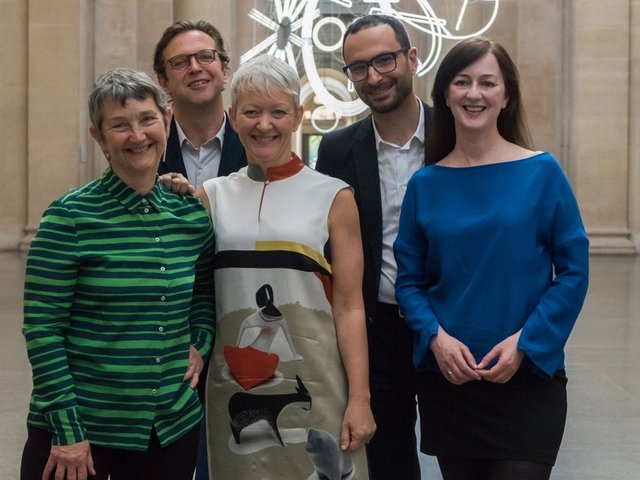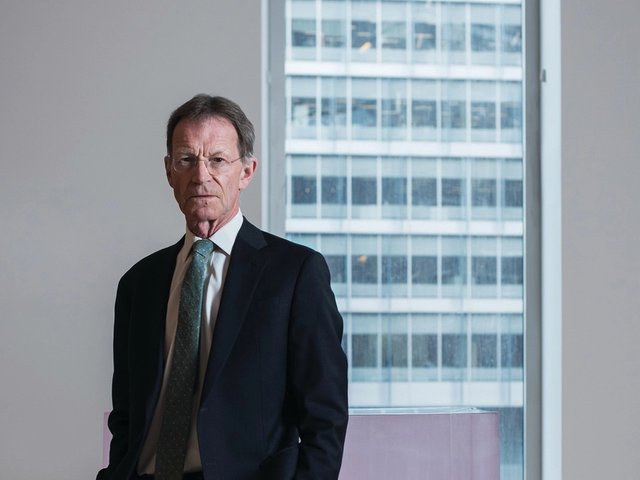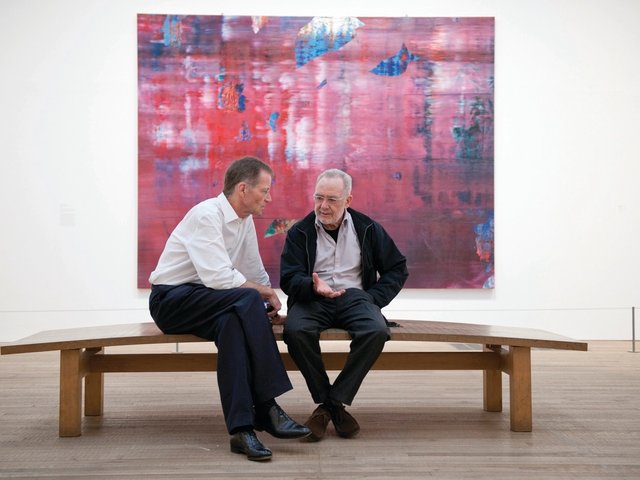Nicholas Serota is stepping down as director of the Tate after 28 years in charge to be the next chairman of Arts Council England. The timing of the move next February, announced today (7 September), months after the opening of a new wing of Tate Modern (Switch House) will come as a surprise to many although there has been speculation, first reported in the Sunday Times, that such a move was on the cards.
It is an understatement that Serota transformed Tate under his leadership, with the opening of Tate Modern in 2000 and before that Tate St Ives in 1993. Tate Liverpool, and the Clore Wing of what was then the Tate Gallery on Millbank, now Tate Britain, were launched shortly before Serota arrived in 1988 from the Whitechapel Gallery in London.
He leaves the Tate with a collection that has grown vastly in breadth, depth and diversity. The rehang of Tate Modern, unveiled in June, included more work by artists beyond Europe and North America, integrating performance art and photography that would have been impossible only 15 years ago.
The annual commissions for the vast Turbine Hall, which have included memorable works including Ai Weiwei’s field of ceramic sunflower seeds, Olafur Eliasson's artificial sun (The Weather Project), Carsten Holler's slides and Shibboleth, a dramatic crack in the former power station's floor by Doris Salcedo, have been popular and critical successes. Annual attendance of more than five million visitors in some years made Tate Modern the most popular Modern and contemporary art museum worldwide. Attendance at Tate Britain has been disappointing, however.
Long committed to increasing access to the arts in the regions as well as London, as well as public service, the move to Arts Council England is logical. Although in an off-the-cuff remark to the BBC on a trip Mima, Middlesbrough's Modern and contemporary art gallery, Serota said that he sometimes daydreamed of running a small museum with a first-class collection working closely with artists.
As chairman of the Arts Council that dream will have to wait as he champions the arts during a era of government cuts and as the UK leaves the European Union. Although his new role is part-time. A director-curator, Serota is also a virtuoso fundraiser: Tate's circle of donors is now as international as the collection. He was also able to convince successive governments, both Labour and Conservative, to increase Tate's core funding.
In June, Serota, who turned 70 this year, told The Art Newspaper, that he still has to raise the final £30m of the £260m cost of the new Tate Modern project, and that major expansions need “time to bed in”. At the time he said his departure would not be “imminent”. He said: “When I go, the role itself will not change. The trustees are absolutely committed to the idea of eventually appointing someone with a curatorial background who will drive the public-service ethos of the institution rather than just run it.”
"Over the past 30 years there has been a sea-change in public appreciation of the visual arts in this country," Serota says in a statement. "Tate is proud to have played a part in this transformation alongside other national and regional museums and the new galleries that have opened across the country."




